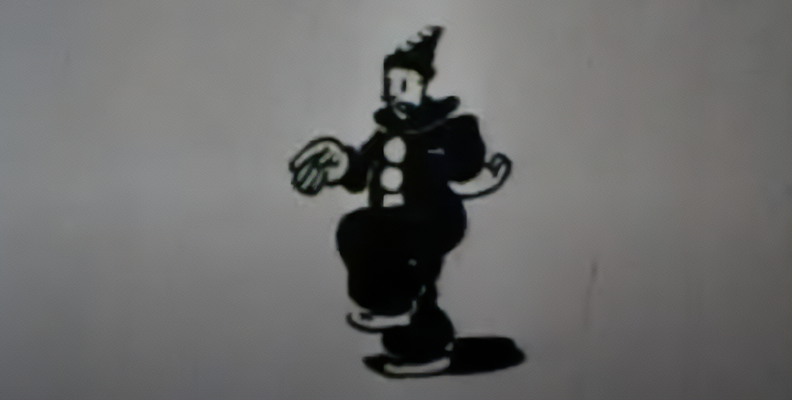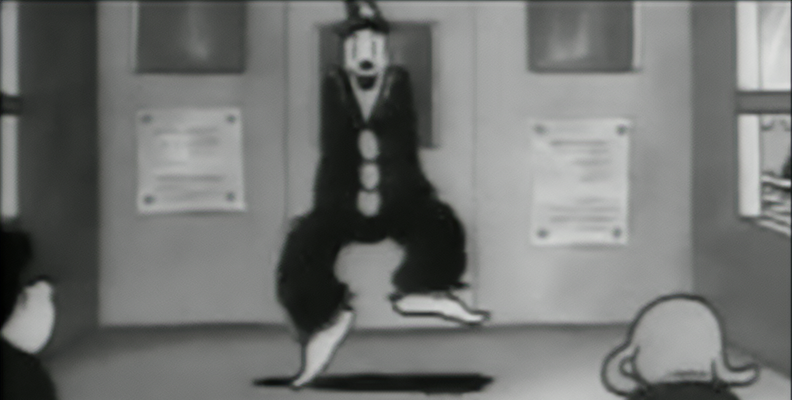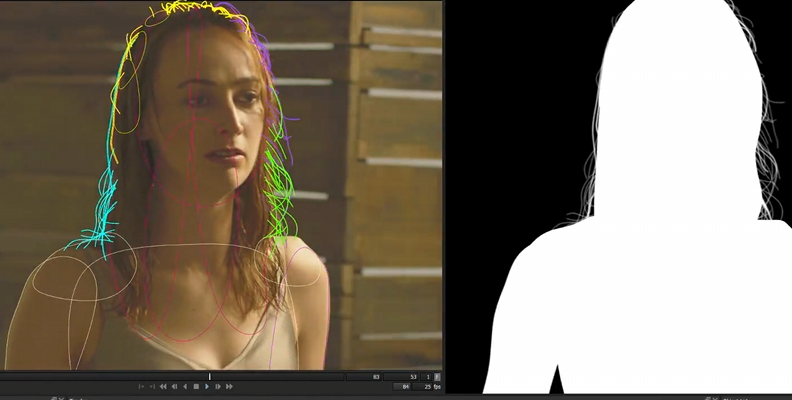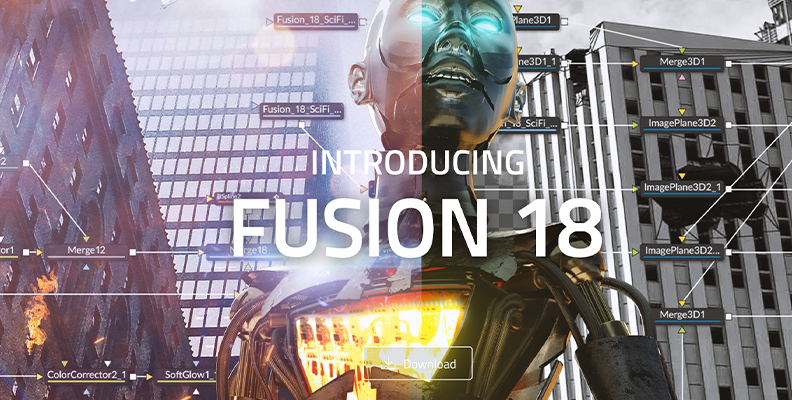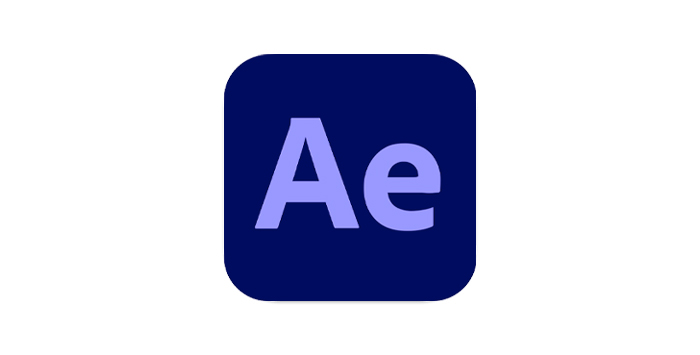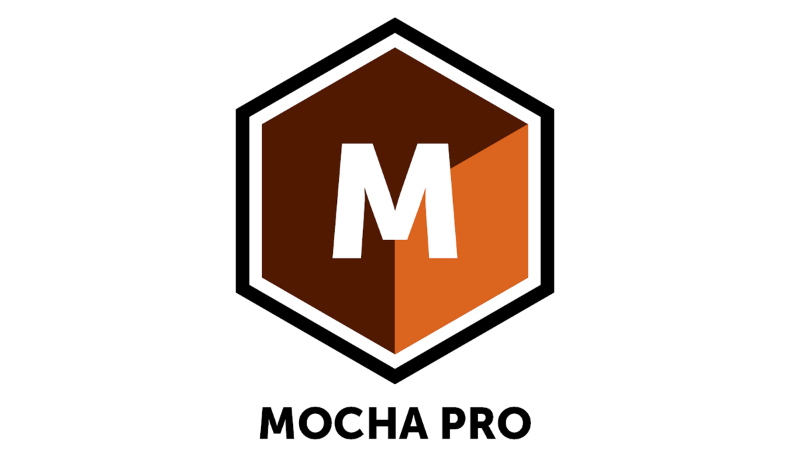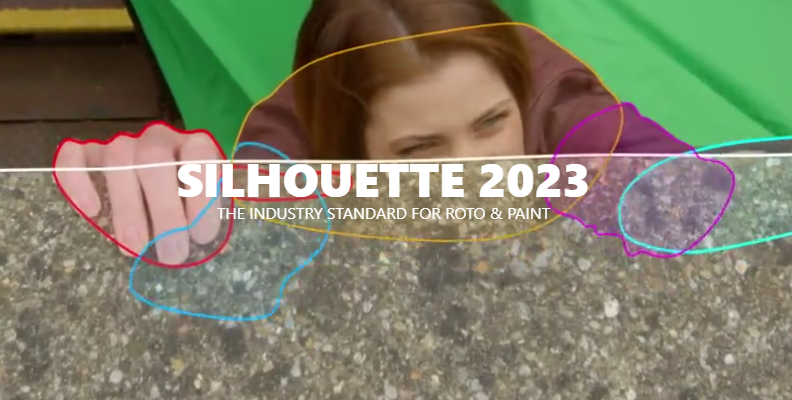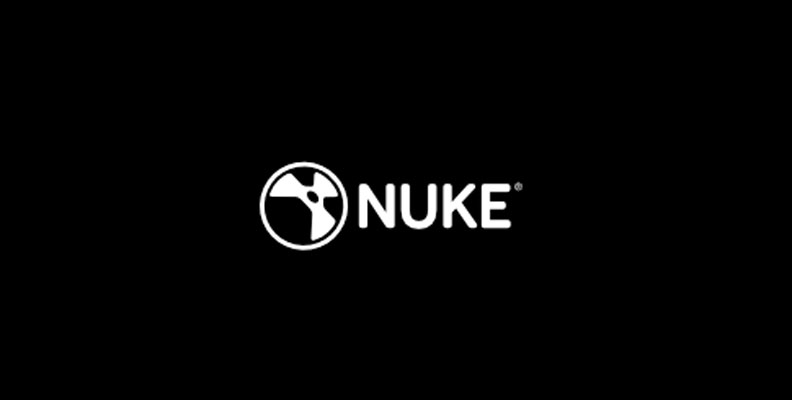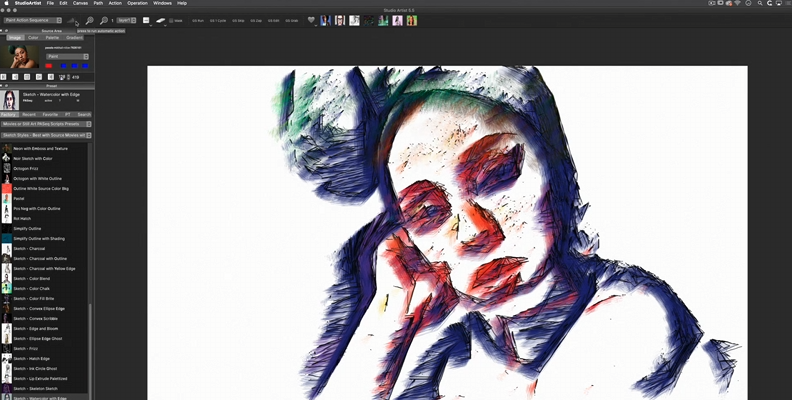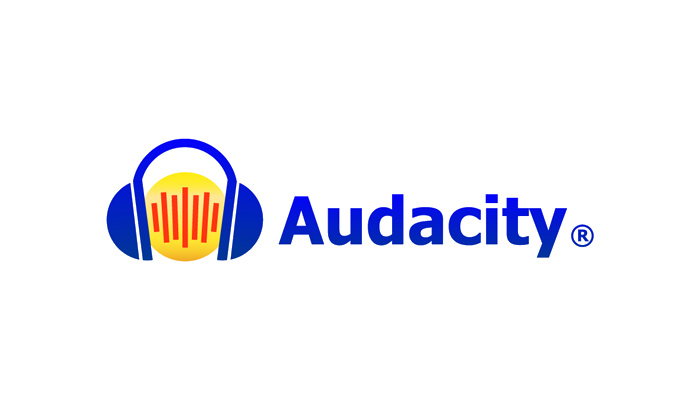Throughout history, humans have always found ways to simulate real-life human movements and tell stories through images. In the past, this was achieved using still images and drawings to tell a story; nowadays, animation is the process of turning still images into motion pictures.
The first animated sequence recorded on standard picture film was The Enchanted Drawing in 1900, where director J. Stuart Blackton used an animation technique called stop motion animation. Although the results were far from realistic, this animation process involved manipulating objects little by little and shooting the changes frame by frame to simulate autonomous motion.
Today, there are many animation techniques used to create animated characters, including rotoscoping. Although you probably have heard this term many times, you might be still wondering: What is Rotoscoping? In short, it's a popular technique used in filmmaking for special effects and animation.
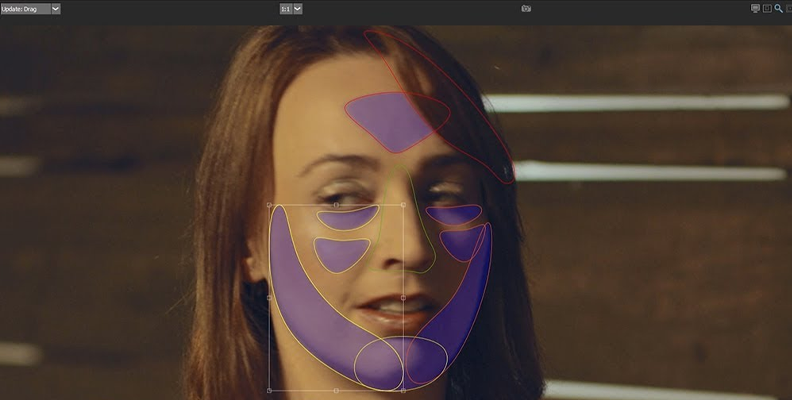
In this article, you'll learn about the rotoscoping technique, its history, and how VFX artists use it to create lifelike characters in animated films. If you're interested in rotoscope animation, here you can find the best modern rotoscope animation software to develop your skills and enter the animation world.
Let’s dive in!
What Is Rotoscoping in Animation?
Rotoscoping is a technique where filmmakers shoot a sequence with real-life actors, then project the sequence, and the animators trace it frame by frame. The goal of rotoscoping is to produce realistic action for animations.
In the past, the reference material was projected onto a glass panel, and the visual artist would draw over it. Today, filmmakers record with motion capture, and the sequences are played on computer software where the VFX artists use computers and tablets to trace over the reference.
Though rotoscope was first used for animation, it's still used in the film industry in short films and full-length feature movies to add multiple visual effects, such as bringing cartoon characters into a real landscape, removing things from a scene (such as wires, people, and so on), add a different background or placing new objects, persons, or creatures that were not originally there or that are impossible to film.
History of Rotoscoping Animation
The first animations were not like the ones we see today. What started as a solution to create motion-animated cartoons has become a versatile and essential tool for animation and filmmaking.
Here's the story of rotoscope animation, who invented it, how it evolved, what was the first rotoscoped cartoon character, and how Disney came into the scene and used the technique to create its classics and change the history of animation.
-
The Beginning
![]()
It all started in 1925 when animator Max Fleischer created the rotoscoping technique. To present his invention and show his lifelike animation with realistic movements, Fleischer produced his animated series Out of the Inkwell. The series's main character was Koko the Clown, modeled after Fleischer's brother.
![]()
Fleischer filmed his brother Dave dressed as a clown and traced the live-action footage frame by frame to achieve the first rotoscoped animated character ever. He later used dance routines rotoscoped from jazz performer Cab Calloway for his works in Minnie the Moocher (1932), Snow White (1933), and his iconic characters Popeye and Betty Boop.
Fleischer continued experimenting with rotoscoping, creating human animation in Gulliver's Travels (1939); however, his most successful rotoscoping application in an animated film arrived later in the early 40s, when he brought to life Superman.
The Fleischer process, as it was displayed on early screen credits, stopped being Fleischer’s exclusivity when his patent expired in 1934. From that moment, other studios started using rotoscope animation.
-
Fleischer’s Patent Expired and the Future of Rotoscope Animation
Many studios jumped in and started using the rotoscope animation technique once it was not exclusive to Fleischer Studios. Among them was Walt Disney, who heavily relied on rotoscoping for the first time with his animated feature film Snow White and the Seven Dwarfs (1937).
Disney would continue using rotoscope animation for all his future films, including the classics Cinderella (1950), Alice in Wonderland (1951), Mary Poppins (1964), The Jungle Book (1967 film), and Robin Hood (1973), among others. And often their rotoscoped sequences were used in more than one film.
Another studio that took advantage of rotoscope animation was Warner Bros. Cartoons (formerly known as Leon Schlesinger Productions) to produce realistic actions for Bugs Bunny and his friends in the Looney Tunes and Merrie Melodies cartoons.
In Alfred Hitchcock’s film The Birds, animator Ub Iwerks used rotoscope animation for the bird scenes, for which he was nominated for an Academy Award for Best Special Effects.
Rotoscope Animation Today
At the time, rotoscoping was done manually, drawing over the glass panel where the film was projected. That was until Bob Sabiston entered the scene. Sabiston was a computer scientist veteran who developed the interpolated rotoscoping process, creating Rotoshop, the first rotoscope software, in 1997.
Director Richard Linklater used the same proprietary rotoscoping process as Sabiston in his notable rotoscope movies Waking Life (2001) and A Scanner Darkly (2006) to achieve the unique rotoscoping aesthetic, which granted him recognition in the film industry. His latest works include Netflix's Apollo 10 1/2: A Space Age Childhood (2022), where, once again, he relied on rotoscope animation.
Rotoscope animation is also used today in the video games and music industry. Along with motion tracking technology, computer graphics in video games have become more realistic, to the point where sometimes you can barely tell the difference between movies and video games.
![]()
A fascinating use of rotoscope animation in the later years was in the film Rogue One, where VFX artists recreated younger versions of Princess Leia and Grand Moff Tarkin to fit the movie's timeline using motion capture and rotoscoping.
Modern Rotoscope Animation Software
Rotoshop software is currently the property of Flat Black Films, and its use outside the company is not allowed. However, many developers created alternatives for rotoscope animation. Though rotoscoping is now done digitally, the technique of tracing over live action remains unchanged.
Here are what artists and VFX teams use today.
-
Black Magic Design Fusion
![]()
Fusion is a modern visual effect and compositing software with a node-based interface that allows you to connect tools to process them. Fusion includes advanced tools for color grading, animation, keying, rotoscoping, 3D models, VR, and more. It has been the rotoscoping software for many Hollywood movies.
-
Adobe After Effects
![]()
After Effects might be one of the market's most popular rotoscope animation software among graphic designers and VFX artists. It offers traditional masking and Roto Brush tools, which use AI technology to trace frame by frame faster. After Effects has a friendly user interface compared to some of the other software on the list and might be one of the most accessible ones in terms of price and usability.
-
Mocha Pro
![]()
Mocha Pro is an award-winning planar tracking and VFX plug-in that can be used as a standalone version or within your favorite VFX and rotoscope software. Its reliable planar tracking system makes your rotoscope process faster and lets you save or import the tracking data to other software.
-
Silhouette
![]()
This refined rotoscope animation software makes the masking much more accessible with its cutting-edge roto tools. The newer version features a highly optimized interface, layer controls, and specialized shape editing tools such as magnetic splines, point groups, brush-based reshaping, and split shapes. Silhouette integrated perfectly with other Boris FX products, such as Mocha Pro for tracking and Sapphire VFX plug-ins.
-
Foundry Nuke
![]()
Nuke is an industry-standard compositing software with premium rotoscoping tools. It operates in a node-based pipeline where you can see all the processing happening. Nuke includes all the essential features for complex rotoscope animations. Beginners and self-taught students might find it hard to master, but compositing will become easier once you learn the basic controls.
-
Synthetik's Studio Artist
![]()
Studio Artist is an exciting approach to rotoscope animation. It uses AI Rotoscoping technology to create animation and painting frame by frame. Its interface is easy to use and has several style presets for beginner VFX artists to explore.
Final Words
From old animations such as Koko the Clown to Amazon Prime’s recent Undone series, rotoscoping shows that it will continue to have a place in the animation industry for visual storytelling and motion picture footage.
The latest software and plug-ins use artificial intelligence and machine learning to trace images more accurately, and AI web-based rotoscoping tools are making the rotoscope technique available for everyone. So what are you waiting for? Choose your rotoscope software today and unleash your creativity!





